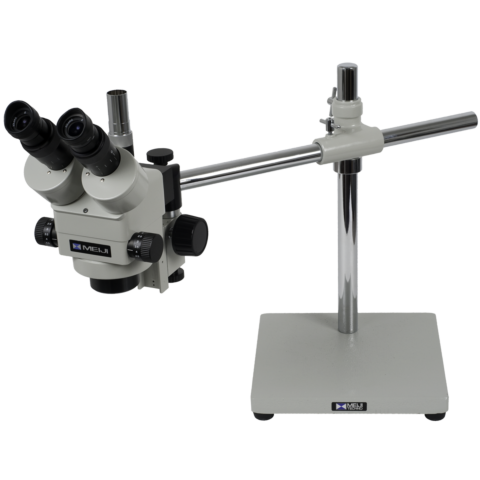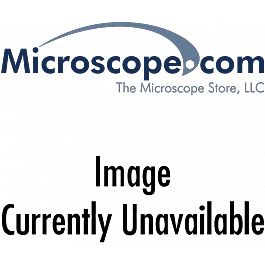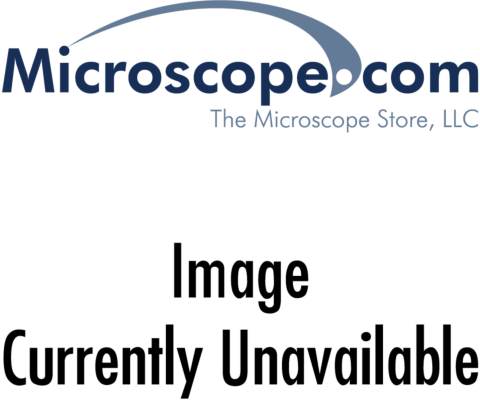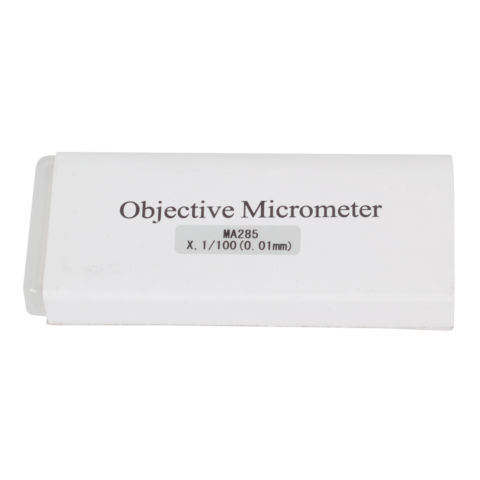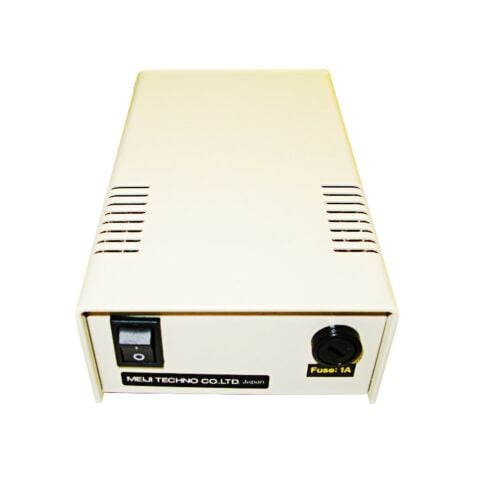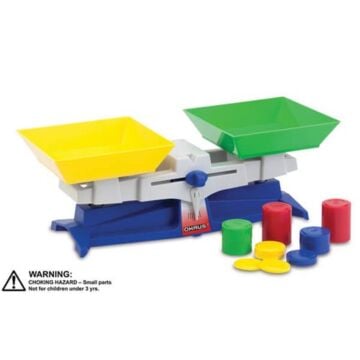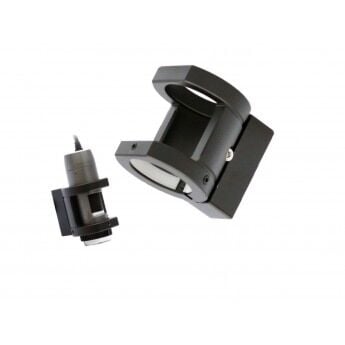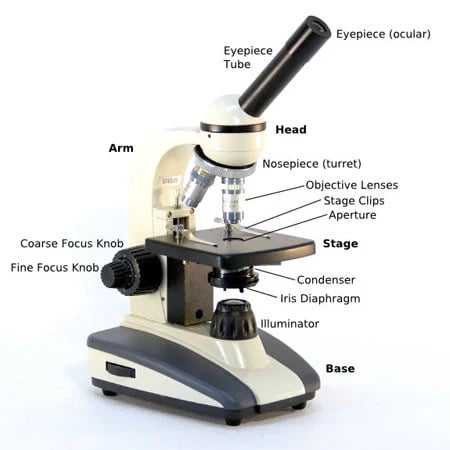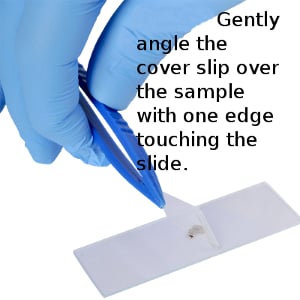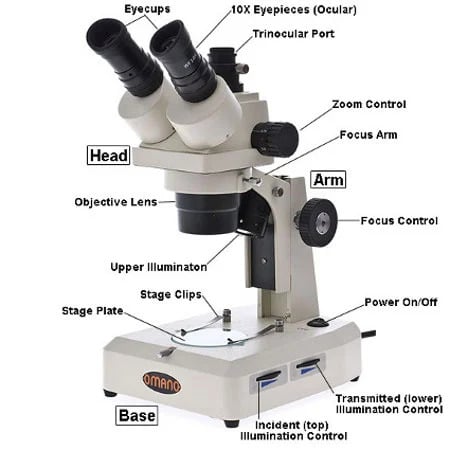The store will not work correctly in the case when cookies are disabled.
JavaScript seems to be disabled in your browser.
For the best experience on our site, be sure to turn on Javascript in your browser.
Microscopes
Dino-Lite
State-of-the-art 1.3MP color imaging sensor
iOS (iPad, iPhone) and Android OS compatible
Flexible Lighting Control (FLC)
Automatic Magnification Readout (AMR)
Extended Working Distance
10x-140x full-range zoom magnification
Built-in adjustable polarization ring
USB 2.0 or WiFi with optional WF-20 adapter
Recommended for professional use
Meiji Techno
Self-supporting 23" dual-pipe fiber optic guide
Color temperature 3200K
Two-year Limited Warranty
Best Seller
Dino-Lite
New state-of-the-art 1.3MP imaging sensor
20x-220x full-range zoom magnification
Built-in adjustable polarizer ring
Aluminum alloy casing for industrial protection
Automatic Magnification Readout (AMR)
Microtouch trigger button
PC/MAC Compatible
Flexible LED Control (FLC)
USB 2.0
Recommended for professional use
Meiji Techno
Focusing lens with 28mm focal length for use with FT190/05 and FT190/75.
Meiji Techno
7X-45X zoom magnification
Trinocular microscope head, standard WD = 93mm
Added 0.5X Barlow Lens, WD = 150mm
Paired 10X and 20X wide field eyepieces
S-4100 universal boom stand platform
Fiber Optic 150W Annular Ring illumination system
Dino-Lite
State-of-the-art 1.3MP color imaging sensor
iOS (iPad, iPhone) and Android OS compatible
Flexible Lighting Control (FLC)
10x-220x zoom magnification
4 Near UV (375nm) & 4 White LED lights
Automatic Magnification Readout
1.3 MP Resolution
Touch trigger image capture
PC, MAC and UVC compatible
USB 2.0 Output (or Wifi with optional WF-20)
Recommended for professional use
Meiji Techno
Replacement 32mm straight mounting post for BAS-1 (For use with Meiji RZ Series stereo microscope heads)
Meiji Techno
Green Interference filter, 44.0mm diameter, unmounted (546nm)
Meiji Techno
Stage Micrometer, 1mm divided into 100 units, 0.01mm
Meiji Techno
Ring fluorescent illuminator, 110V, with inverter starter
Education Center
A high power or compound microscope achieves higher levels of magnification than a
stereo or low power microscope. It is used to view smaller specimens such as cell structures
which cannot be seen at lower levels of magnification.
May 18, 2012
Before you start building your slides, make sure you have everything you will need, including slides, cover slips, droppers or pipets and any chemicals or stains you plan to use.
May 22, 2012
A low power or stereo microscope typically employs objective lenses of 50x or less. It is used to view specimens that are visible to the naked eye such as insects, crystals, circuit boards and coins.
A stereo microscope has three key parts:
May 18, 2012







